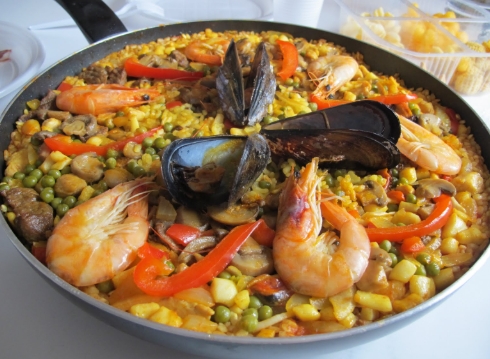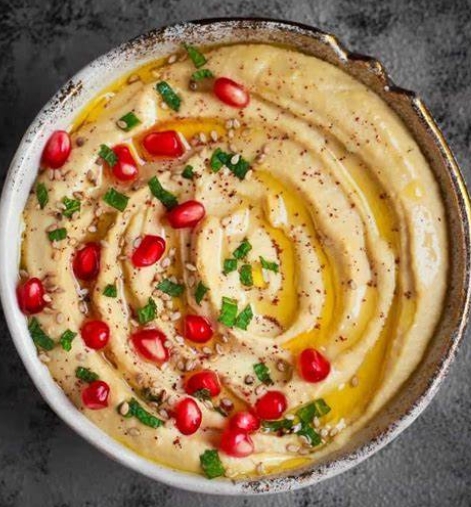Paella is one of Spain’s most famous and beloved dishes, representing the heart and soul of Spanish cuisine. Originating from the region of Valencia on the east coast of Spain, paella is a flavorful rice dish that combines a rich variety of ingredients, such as seafood, meat, vegetables, and saffron, all cooked together in a wide, shallow pan. The combination of these ingredients creates a harmonious blend of textures and flavors that have made paella famous all over the world.
The history of paella is deeply intertwined with the culture of Valencia, where it was originally a humble dish cooked by farmers and laborers in the fields. Traditionally, paella was made with whatever ingredients were readily available, such as rice, chicken, rabbit, and locally caught seafood. Over time, the dish evolved, and various regional versions began to emerge, with different types of paella being created depending on the available ingredients and local traditions.
The most iconic type of paella is paella de mariscos, or seafood paella. This version features a delicious mix of seafood, including shrimp, clams, mussels, and squid, all simmered in a flavorful broth made with tomatoes, onions, garlic, and a generous dose of saffron. Saffron, which is one of the key ingredients in paella, gives the dish its signature golden color and earthy, aromatic flavor. It is one of the most expensive spices in the world, but its distinct flavor is essential to creating the authentic taste of paella.
Another popular variation is paella Valenciana, which is made with a combination of meat (typically chicken and rabbit) and vegetables like green beans, tomato, and artichokes. In this version, chickpeas and white beans are sometimes included, adding an extra layer of richness. The dish is seasoned with paprika, rosemary, and other spices, creating a complex and savory flavor profile that pairs beautifully with the tender rice.
What makes paella stand out is the way it is cooked. Traditionally, it is prepared in a special, wide, shallow pan called a paellera, which allows the rice to cook evenly and develop a beautiful golden crust at the bottom. This crispy layer, known as the socarrat, is considered the highlight of the dish, and many paella lovers believe that the socarrat is the key to a perfect paella.
The preparation of paella involves cooking the ingredients in stages. First, the meat or seafood is browned in the pan, releasing rich flavors into the oil. Next, the vegetables and broth are added, followed by the rice. The dish is then simmered, allowing the rice to absorb the flavors of the broth. Once the rice is cooked, the paella is left to rest for a few minutes before being served, which allows the flavors to fully meld together.
Paella is often served family-style, with the large pan placed in the center of the table for everyone to share. It is a dish that is meant to be enjoyed with friends and family, celebrating both the food and the company. Traditionally, paella is paired with a glass of Spanish white wine or sangria, making it the perfect dish for any social gathering or festive occasion.
In addition to the classic versions of paella, modern interpretations have emerged, with some chefs experimenting with different types of meat, vegetables, and even vegetarian paellas that use artichokes, asparagus, peas, and other seasonal ingredients. These variations offer a more contemporary twist on the classic, but the essence of paella remains the same: a dish that brings people together, bursting with flavor and culture.
While paella is most commonly associated with Spain, its popularity has spread across the globe, with restaurants around the world offering their own renditions of this iconic dish. Whether you’re enjoying it in a traditional Spanish seaside restaurant or at a local bistro, paella is a dish that never fails to impress with its depth of flavor, vibrant colors, and the joy it brings to those who share it.





